Dan Worth takes a look at the Innuos Zenith MK2 an all in one streamer, CD ripper and SSD storage unit costing from £2299 depending on storage capacity chosen.
So what is an Innuos Zenith MK2? I hear you ask? Well, it’s an all in one streamer for local files and streaming services such as TIDAL, Spotify and Qobuz, Internet Radio as well as a CD ripper. The ripper itself stores music ripped in the FLAC/WAV formats to an internal solid state hard drive of a size designated during purchase. Available options are 1TB, 2TB and 4TB.
Whilst expecting the Zenith MK2 for review I was somewhat sceptical to the benefits of it over the various Vortexboxes which I believed the Innuos Zenith MK2 was based on. I have previous experience with VBs – having built and tried many, which range from basic installations on standard PCs to more bespoke hardware installations and multiple linear power supplies.
Despite many believing that “bits are bits”, unfortunately there’s a whole world of “nasties” that go with them that influence the sound quality throughout the Hifi chain such as power noise, jitter and high-frequency EMI. Many think that a simple galvanic isolator would just turn any computer into the perfect digital source…if it was only that simple.
Innuos say that a digital source should remain as transparent as possible, allowing the amplifier and speakers to imprint their own signature as per the end user’s tastes. In order to achieve this, Innuos first target for the Zenith is the power supply. They design the Zenith so that rather than producing a lot of power noise and then trying to clean it up, they implement critically chosen parts for a triple linear psu design that is inherently clean to begin with and specifically implemented.
“We had to go through a very detailed oscilloscope for measurements. We have literally tested dozens of system boards and the noise patterns you get vary wildly between them. Some are absolutely dreadful and should never be used for audio. The key innovation here is our triple-linear power supply, designed and manufactured in-house. By providing three independent linear power supplies that separately power key components of the system, they prevent the power noise those components produce from contaminating the power circuits for the outputs, both USB and Ethernet. The triple-linear power supply design contains ultra-low noise regulators (40uV) and specialised audio capacitors (Nichicon MUSE) that further help maintaining the transparency and realism of the Zenith. This is then complemented by using medical-grade mains filters, that both filter the Common and Differential Mode noise coming into the Zenith from mains as well as preventing any noise produced by the Zenith itself to contaminate the remaining Hifi chain.”
This approach would inevitably clean the USB and Ethernet channels providing very clean digital outputs. Isolation transformers on the Ethernet ports also help keep some of the noise traveling through the Ethernet cables at bay. Connecting a streamer as I did with the Aurelic Aries Mini using a short Ethernet cable to the ‘Streamer’ port on the Zenith provided better sound quality than connecting the streamer to a my router or switch, even though both are already on linear supplies, the quality of the Zenith 2’s in-built psu, onboard single routed Ethernet switch and linear NAS function made for a better all round performance feeding files directly from the internal SSD and clean pass-through of internet ensuring a cleaner signal from the supported streaming services.
These benefits, along with the extensive internal vibration control and isolation would all be worthless if it wasn’t for the expertise of Innuos when it comes to software implementation. From the motherboard BIOS to the Operating System kernel and audio sub-systems, they have optimised settings to extract as much musical performance as they can. One key feature in this area is the 4Gb RAM buffer available for memory playback on the Zenith 2. This means when the user plays a track, it gets loaded almost instantly to the system memory from the SSD and then played directly from there. This is another advantage of using the SSD on the Zenith as it makes this transition imperceptible – playback is instantaneous. The onboard TEAC drive is a more bespoke version with unlocked firmware, ready for InnuOS’ tweaks to enable more efficient and effective ripping with less errors.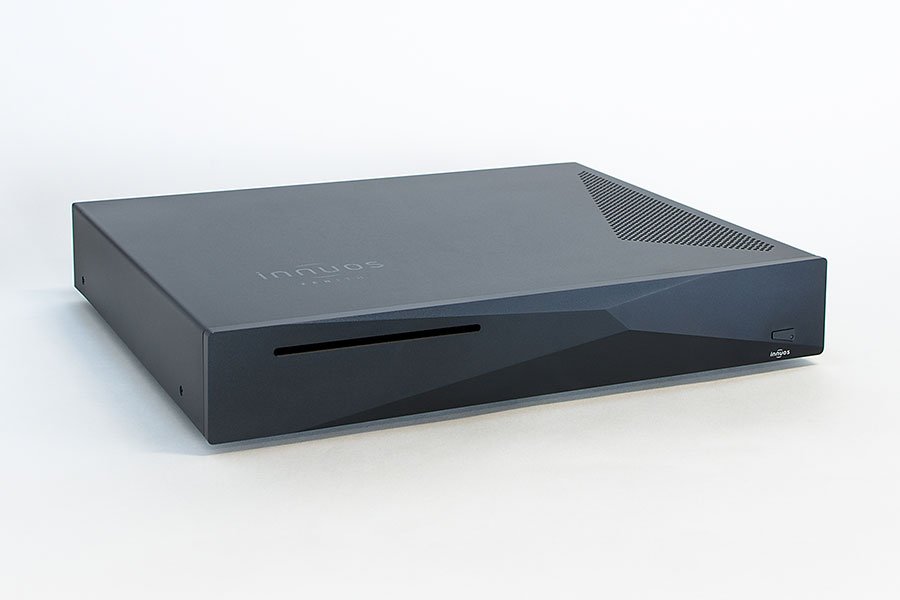
InnuOS – innuOperatingSystem
Moving on to the software installed on the Zenith MK2. I had initially mistaken this for a tweaked version of the Vortexbox platform until having an in depth conversation with Managing Director Nuno Vitorino. The complexity and intelligence of the operating system is presented in the most classy and user friendly manner, which deserves its own in-depth look here. The software is an absolute breeze to use and each feature has self explanatory options, leaving the unit without the need of an operating manual.
There is also a lengthy video on YouTube showing off the InnuOS platform, posted on the Innuos channel with Innuos saying:
“One of our key values is listening to our customers and providing them a great user experience. Through direct contact with customers with our Zen Mk.I systems, which were based on Vortexbox, we noticed a number of shortcomings:
- Users required a PC/Mac to manage their music library (adding, deleting or changing music data). The applications to do this can be quite cumbersome for those who are not technology-oriented and we needed frequent remote support sessions to help our customers do this. They were very slow to save changes as users generally did this from Wi-Fi connected laptops.
- More and more customers don’t have a PC anymore, only a tablet. This made it impossible for them to manage the music library.
- Every time the server could not recognise a CD, it created an Unknown Album that was a real pain to identify later. This required the above tools to do the change itself.
- Customers with Classical music were often affected with missing metadata and they could only make changes after the CD had been ripped. They then needed a PC to do such changes.
- When copying files ripped on Mac systems, particularly Classical music, they could have very long filenames
- People had very disorganised music libraries as essentially they just copied files and folder to the Music folder. This meant duplicates and lots of incomplete metadata.
- If customers didn’t realise their Internet connection is off, the system would create a whole lot of Unknown Albums. One of our customer ripped 150 discs before he realised the server was offline. This meant deleting everything and ripping again.
- Different network settings made sometimes difficult to find the systems on the network, leading to a lot of frustration.
- The User Interface was very technical and most people did not understand the options available and we’re displeased with how it looked.”
I can relate to these customers concerns as I have had a lot of experience with Vortexboxes and like using any PC, people have to perform constant maintenance and coercion in order to keep the system working well whilst waiting for the next tantrum.
Rather than telling their customers to brush up on their technological abilities and or offer continued support for what they considered a somewhat fragile environment to use consistently, the company who have a great team of software developers and technicians give birth to the Innuos.
What InnuOS has achieved is an operating system that sits lightly on the system hardware and over its two and half year development has been refined extensively to be as comprehensive as possible, integrating features such as TIDAL, Spotify, Qobuz, CD ripping, album management, network integration and more, with the most straight forward of GUIs that I have ever had the pleasure of using. Calculating all nerdy type processes and individual key strokes firmly in the background, with the end user visualising only the key component task features on screen.
Currently – typing ‘my InnuOS’ in on a google search brings the user to the control software, which can be accessed by any PC/Mac, tablet or phone connected to the same network as the player. InnuOS are in the process of producing an app to replace this function on portable devices for completeness but the operations of the software will remain consistent.
Once loaded the software sees the player on the network immediately and the user can begin to utilise all the functionality of:
- Assisted Ripping mode – In this mode, rather than the system ripping a CD immediately with whatever metadata it found, the user is presented with the metadata and is able to change all of it, including cover art, before the CD rips. This is particularly useful for Classical or World music
- Rip to WAV or FLAC – Ripping to both WAV uncompressed format and FLAC with zero compression depending on user’s requirements (FLAC is more compatible)
Quarantine – Whenever there is an issue with either a CD or music being imported, it goes into the Quarantine section rather than the Music Library, so that the Music Library is kept nice and tidy. This way, the user knows which music needs some attention. If the ripping mode is Automatic and the server can’t find metadata for it, it shows as an Unknown Album. The user can then play the music directly on the tablet to help it recognise the album and edit the information directly. Once saved, it’s then moved to the Music Library. If a CD is ripped twice, it’s marked as a duplicate. If the server is offline when ripping, then it’s marked as offline and the user can simply click a button to retrieve all the metadata again.
- Import – This is one of the most complex engines on the system. TheImport engine allows users to import music from USB, NAS, another music folder or music placed in the Auto-Import shared folder on the server. The Import engine then as a number of (growing) rules to apply to the files as it imports. These are just a small number of rules applied:
- Organise based on the file quality (compressed, CD Quality or High –Resolution) and structure them in different folders accordingly.
- Automatically create a consistent Artist/Album folder structure
- Import files contained on a zip or tar file (which is usual with downloads from high-resolution music stores such as Qobuz or Linn Records)
- Shortens potentially long filenames and removes problematic characters that can cause problems
- Detects if the album already exists with the same quality on the music library. If you have an album in CD Quality and add the album in High-Resolution, the system knows and adds the respective tag to the album such as [HD96] for a 24bit/96KHz high-res file
Music Library – Allow to browse and change the metadata for the music already stored in the Music Library from any tablet, smartphone or PC/Mac Backup – Allow to backup the music library to either an external USB drive or to a NAS automatically. The automatic backup is actually based on storage rather than time. So instead of backing up once a week, for example, it backs up every time you add the equivalent of 50 CDs. This way, it will do frequent backups when you are adding a lot of music and them do it a lot less often when the user is adding only a couple of albums per month.
Fit and Finish
The casework to the unit is very nice, with a contoured front fascia and simplistic approach, a single CD slot and power button with indicator LED (which can be changed to any colour on a software level to match other equipment) are the only pieces of hardware adorning the front panel. To the rear there are two LAN sockets for Ethernet connection from the router and to route in a separate streamer, rather than connecting that direct to the router.There are two USB sockets, one for the audio output and another for a USB backup drive for safe storage of a duplicate library containing all ripped files that reside on the internal SSD.
Internally the main board sports a powerful processor and plenty of memory for quick operation of all remote app functions and boot up speeds, along with a TEAC ripping drive and a solid state hard drive. The multi-rail power supply on board runs from a large toroidal transformer with multiple layers of regulation and a large bank of smoothing caps in order to keep things ultra quiet and precise.
Setting Up
Setup is just so simple with the Zenith 2. The Squeezelite embedded software (which sits inside InnuOS) for audio playback piggybacks two main control apps (separate to the My InnuOS Software which is for system management), Orange Squeeze for Android users and iPeng for iOS customers. These apps are the current best way for controlling playback and integrate all playback features into one handy remote app. I used the iPeng app on my iPad and I must say it’s brilliant, version 9 is much more intuitive than older versions I had previously used in a past life with Squeezelite.
If you have a NAS drive already, this is the easiest way to get up and running by transferring files across the network to the internal storage. Ripping CDs is done into either FLAC or WAV.
The setup of TIDAL, Spotify and Qobuz is easy, clicking on the apps side tray allows for the installation of the apps and simply entering the user account name and password gains access to all pre-saved playlists and the full experience of searching for music, with all other menu functionality available by simply going back to the main menu leaving the current playlist (in iPeng) visible on the right hand pane of the screen for track skipping and pausing etc. The interface itself is so comprehensive yet so simple to use and all features and functions are literally idiot proof and self explanatory, which is a god send in this day and age for the technophobe.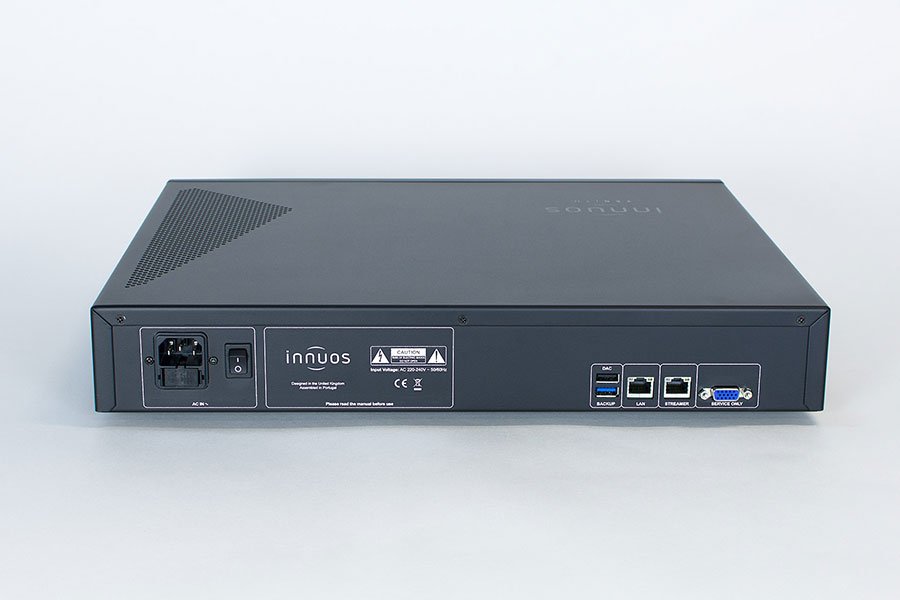
A fixed volume output or variable (max volume is bit perfect according to Innuos), along with designated parameters for bit depth, sample rate, album, artist and genre options along with many more less significant features, all to be configured with a few touches proved to be extremely quick with no lag to the system, even during playback due to the Zenith MK2’s powerful CPU and memory abilities. To boot – Internet radio stations on average took less than a second to begin playing, which from a friends perspective is much faster than his MK1 version although we are in differing parts of the country and with bandwidth considerations, still worth noting.
When choosing music the app offers fantastic visuals with artwork showing for all radio stations as well as InnuOS ripped albums with all accompanied metadata. InnuOS will also tag non previously tagged albums that the user sent over to the InnuOS’ storage folder from another drive.
With a three cable setup (power, USB and Ethernet) alongside the downloading of the corresponding app for either Apple or Android, setting up the Innuos Zenith MK2 was an absolute breeze.
The Sound
On first inspection the sound of the Zenith 2 was surprisingly good as mentioned above, I ripped a couple albums and played music from my NAS and TIDAL, I compared the sound with my modified Mac Mini which has been a reference source of mine for sometime now, outperforming many other front end gear during the time I’ve owned it. I found the two to be different in character but struggled to find big performance differences between the two through either the DiDiT 212 SE or Mytek Brooklyn DACs. There was a touch more refinement and depth to the Mac than that of the Zenith 2 which provided a soundstage of fantastic separation, clarity and body to the music, presenting a firm controlled weight and good raw timbral qualities.
Chris Jones’ ‘Long After Your Gone’ had a wonderfully controlled fluid bass performance allowing for vocals to stand in good height within a central focus which made sense musically and gave great bandwidth of the vocals. The lovely way the Zenith 2 does separation gave air to guitar strings and decays, which were obtainable through the player in a very clear non-artificial manner, giving insight into the acoustic arena and mic setup.
The same was very apparent on Fink’s live albums, where in fact over my usual setup I was more taken by the vocals, especially for their strong positioning within the soundstage, the lesser amount of depth seemed to allow the singer to stand more proud so to speak, never dominating the performance but simply stated a more commanding role rather than forwardness.
Intricacies of guitar strings across the two albums and the complexities of Derrin Nuendorf’s guitar was very much a treat to listen to, masking of micro details was very little and almost came up to spec with my Mac setup during my initial listening tests, the smaller details in recordings generally have a way of flavouring a performance as their ability to shine controls micro tempos, which add to a sense of overall flow.
Masculinity in tone and or delicacies contained within the vocal palette portraying much of the emotional quality of a performance along with the intensity of good dynamics kept the music interesting and explorative. Although the micro details were very cleanly and clearly expressed their dynamics (micro dynamics) were not as strong as say the Mac, but then the added refinement of the whole picture may be why they are easily or easier to determine, the Zenith 2’s raw and honest quality is infectious and again, neither worse nor better, just a little different and I am splitting hairs and doing some very critical listening between it and the highly specced one of a kind Mac.
Micro details and micro dynamics really do not necessarily go hand in hand, many people mention both in sentences as if they do but in my experience they don’t, a micro detail can be present and just like any other more defined detail can be either dynamic or not. I would say that the smallest of details in the Zenith 2 were very marginally masked by the foreground, although I haven’t heard anything that stands out to me that I can say does a far better job for around about the £2k mark, so I feel that my own personal comparisons to the one of a kind Mac needs to end here. For my own personal information though the test was very informative, proving that areas of the Zenith’s sound lit a chord with me that I feel was very beneficial indeed.
Bass performance with the Zenith 2 is equally very interesting, I adore the way the bass doesn’t feel as if it’s been crumpled into a heap at the bottom of the soundstage, a kick drum hit has a realistic height and a density of tone, then after you here the room interaction within a split second and any lower frequency or accompanied drum strike lower its position in the soundstage to convey a more exacting frequency – the room becomes quickly filled with great rhythm, as if the tone and frequency is within an artificial three dimensional grid, allowing for each beat to be considered relative to its natural aural take and physical feel of the note.
Playing some electronic music showed that immediacy of a strike and flow of deep rolling notes were timed terrifically without any unwanted sag or looseness.
Loreena McKennitt, one of my favourite female vocalists has a ‘Live At The Alhambra’ album and one of my most favourite tracks is ‘Raglan Road’. In order to nail this one a system has to be able to control the upper midrange peaks especially and deliver subtleties which allow her voice to retain its beautiful yet powerful tone. I’ve had the Zenith 2 running for a little while now and it’s really coming on well, maybe in its initial days of listening its refinement could be called into question and possibly some remarks I made earlier in this review could have been slightly tweaked to the more favourable side, but that’s the nature of the review process and it’s progression.
Now the unit has settled into its stride a little more – what I appreciate is how it doesn’t mollycoddle the music much, allowing for a little more rawness or truthfulness, which in turn characterises individual pieces of music very well – essentially very transparently. In this case Loreena’s vocal, so proud it stood in the centre stage that I felt the true realism and honesty of the piece, which with the little added refinement that came on after a couple weeks of playback, aligned the characteristics of the unit further.
I must admit, I am sitting here a little confused as to how Innuos have managed this, being similar in functionality and implementation as a Vortexbox based systems essentially and also running the common Squeezelite software on a hardware package that to me doesn’t have fancy clocks, TCXO’s, separate USB cards, SATA filters, RAM filters or pure silver internal power wiring, leads me to believe that what Innuos achieve hardware-wise with synergy, noise control, the implementation of a very nice linear power supply and their own custom designed software and firmware is nothing short of impressive. It’s not the individual parts that make the difference but the combination of the whole.
I turned to TIDAL next and went through some of my playlists and took a few journeys exploring new music into the small hours and I must say I was captivated. At low listening levels, resolution remains strong, I’d imagine some decibel decreases in dynamic abilities at the lower volumes but everything still seemed really quite relative. The presence of the vocal at these lower levels was great, I really can state that the ability to convey some emotion and tangible feeling when the lights are down low and everybody is in bed is fantastic.
All too often have I listened to equipment that does well during the day, struggling at night at much lower levels (not just speakers but electronics also). Complex passages tend to smear, with under dynamic and blunted edges, causing many others, along with myself to turn to the headphones, well not here folks, I can still even depict real space around instruments.
Note: make sure in settings that volume level is set to fixed output in iPeng or turned up full (bit perfect) in order to achieve greater lower volume listening pleasure.
Before submitting this review to the Oracle (Stu) I had the opportunity to get a good listen to the Zen MK1 with a Teddy Pardo and Paul Haynes power supply. The Paul Hynes supply sounded better but was more expensive and surprised I was at how much more aligned the sound was with a better supply, giving better timing and noise floor than standard. Both Zen and Zenith have the same feature rich abilities, it’s just the levels of performance that vary. The Zen is a very capable unit but the Zenith is a true leader for the brand delivering a level of performance that Innuos can be proud of calling their flagship model.
Note: both units worked out of the box with an Audiobyte Hydra Z and Gustard U12 SPDIF converters, giving better control, focus and timing.
Conclusion
If anyone wants to say, it’s just a Vortexbox then please do, as I did, then get one, then plug it in then turn it on, then listen to it and then repeat the first statement – if you can! If I felt that this piece of equipment was just a hyped up and rebranded commodity, I would say to just send the unit back with an accompanying note to express my feelings. I chose to except the Zenith MK2 for review as I had instant scepticism and the best way to deal with scepticism is to be open minded and try things out – there’s nothing worse than an uneducated know-it-all!.
The Zenith isn’t just another streamer, it has its own personality and that’s Important. Innuos have designed a complete fuss free digital front end, that combines carefully chosen hardware and sophisticated software into an easy to use product which has honesty and transparency at its heart.
The sound of a Zenith 2 is transparent, honest and truthful and any system that reflects a balance that the user is happy with will benefit from its implementation. Setup and usage is easy and playback and library management is straightforward and intuitive.
What I adore about the Zenith MK2‘s usability from Innuos is that it’s not a celebration of what can be achieved in the future, it’s a celebration of what can be achieved right now.
Build Quality – Simple stylish looks, solid and heavy, well damped also.
Sound Quality – Fantastic transparency, strong detail and presence, great soundstage separation.
Value For Money – A little pricey when it comes to the higher capacity models but the base model works well for me considering its feature rich software and sound quality. A 1TB drive should be ample for most.
Pros:
Wonderfully engaging musical sound
Feature rich software package
Easy implementation into any system and network
Cons:
Higher capacity models can be a little expensive
Only comes in black
(Possible silver version in mid 2017)
Price:
Innuos Zenith MK2
1TB – £2299
2TB – £2899
4TB – £4599
Dan Worth





















































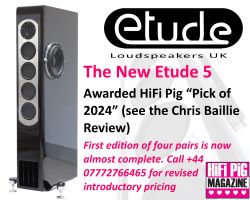
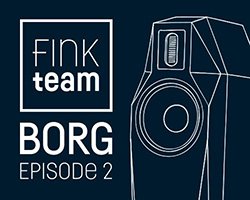
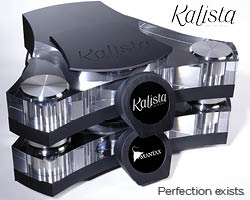
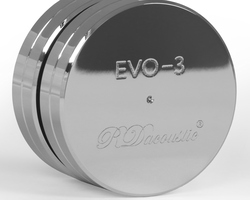
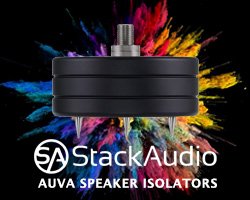



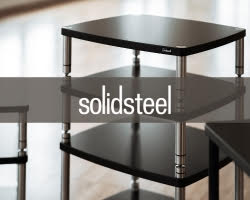

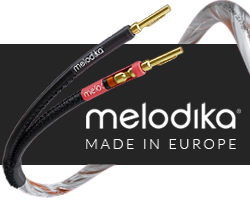

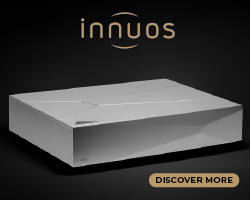
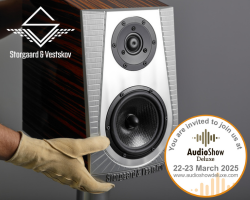


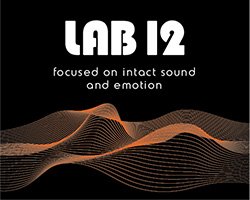


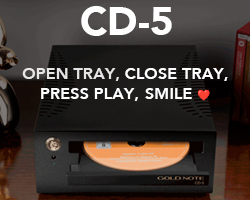


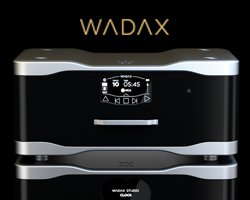
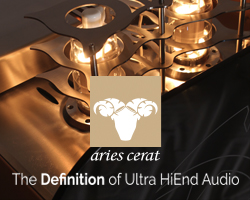

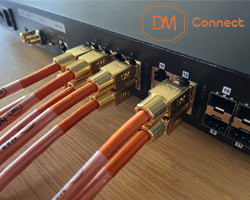

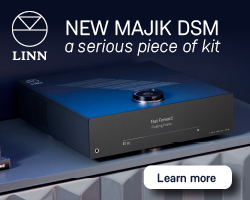
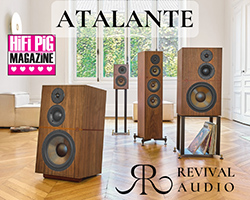

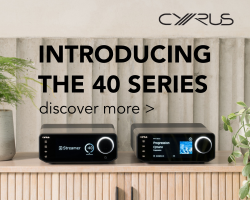


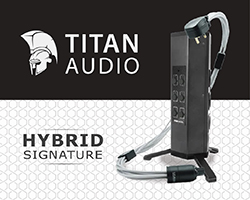
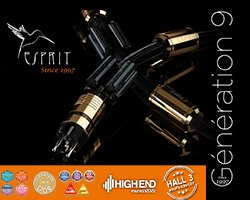

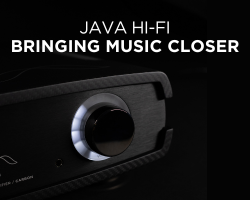
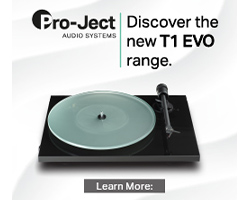
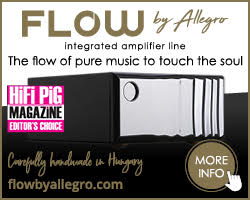

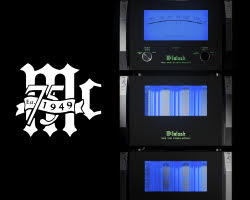
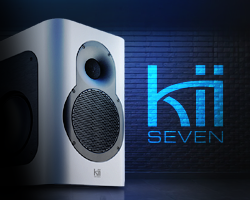
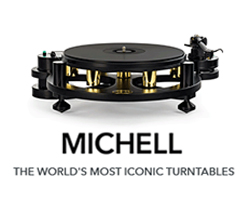
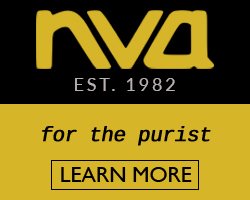
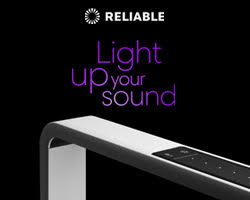
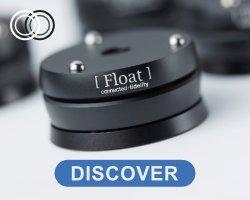
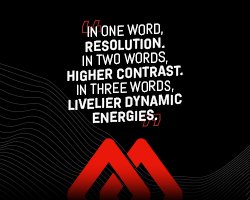
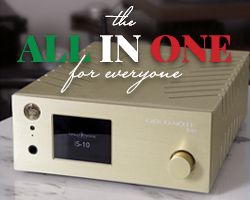
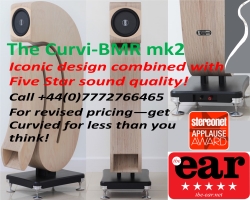


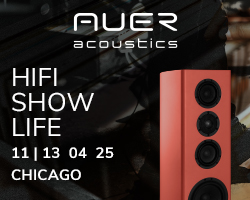

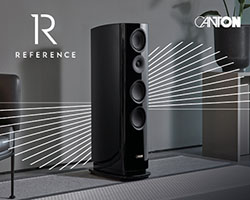

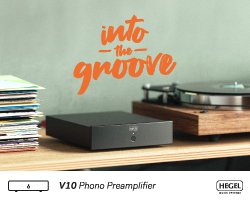
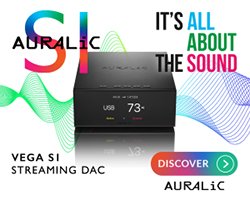
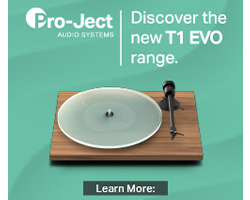
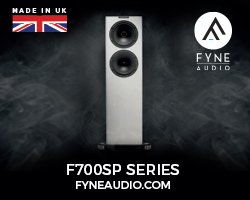

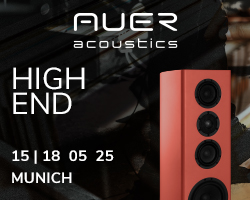
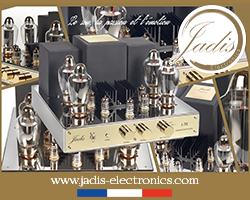
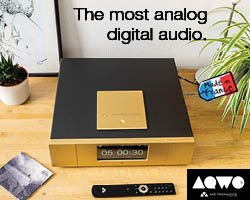


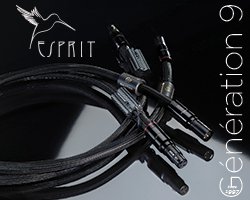

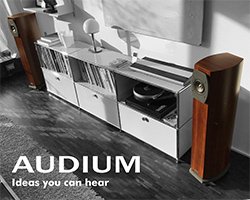
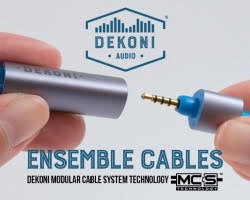
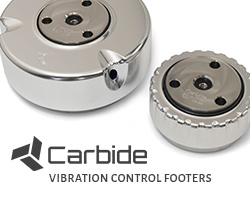
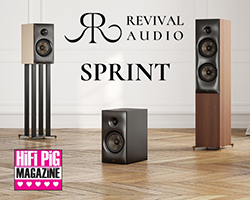
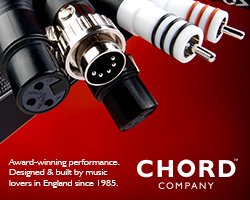

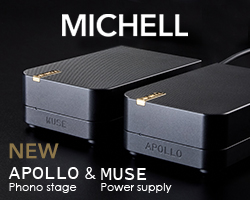
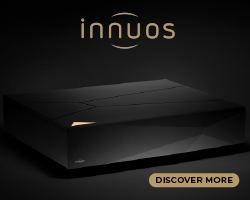

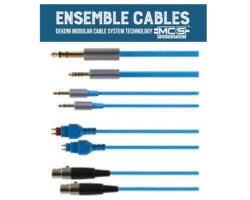
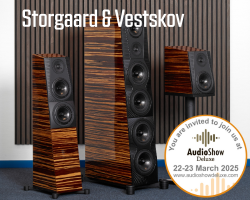
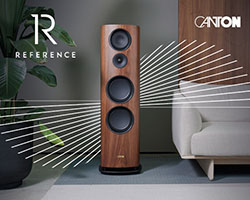


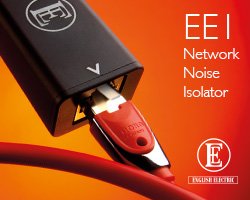














































You must be logged in to leave a reply.